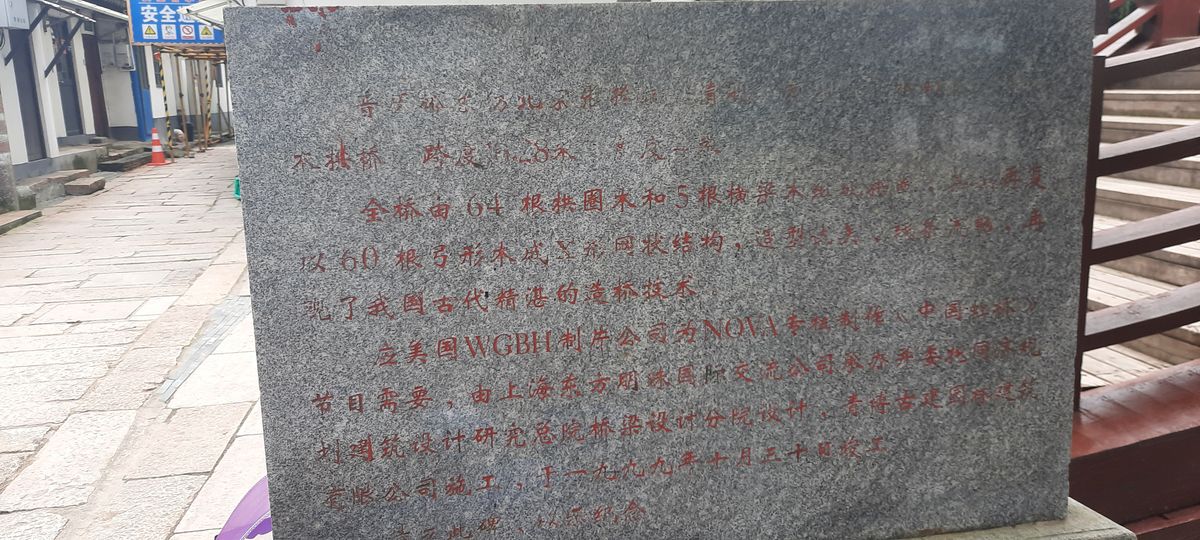About
Considered one of the most famous works in the history of China, the Qingming Scroll depicts a festival during the Song Dynasty. Zhang Zeduan, a court painter, created the scroll in the 12th century, and was immediately greeted with praise during the Song and later during the Qing dynasty.
The scroll sprawls 17 feet long and only 9 inches high, aptly telling the panoramic story of a lively river scene in the modern day town of Kaifeng. At the time, Kaifeng was the capitol of the Northern Song Dynasty, and was purportedly the largest city in the world with a population over 600,000.
Of the many striking features of the scroll, the Rainbow Bridge near the center of the panorama was the most eye-catching. Spanning one of the canals of the town, vendors pour over the arched bridge that had no visible support. The bridge seemed to simply hover above the river. Today, no trace of the famous bridge stands, and the creation of the Rainbow Bridge remained a mystery. For years, it baffled engineers admiring the Song’s technological ability and scholars studied at long length to craft a replica.
Professor Tang Huan Cheng had studied the bridge for many years, yearning to duplicate it using only the technology available to the Song. In 2000, he got his chance when a group of scholars from MIT joined his pursuit during a PBS Nova special on the Rainbow Bridge called Secrets of Lost Empires. Together, the men and groups of locals from Jinze worked to craft the bridge using the same interlocking wooden planks.
Employing only ancient nails, bamboo ties, and massive abutments, they were able to reconstruct the famous bridge. Arching over a small canal in Jinze, the bridge was also extremely sturdy, supporting the weight of a water buffalo during tests after construction. Using the technology of a 900-year-old empire and the funding of Public Broadcasting, the Rainbow Bridge was brought from a mythical work of art to reality.
Related Tags
Know Before You Go
Two hours from Shanghai
Published
October 5, 2011




























